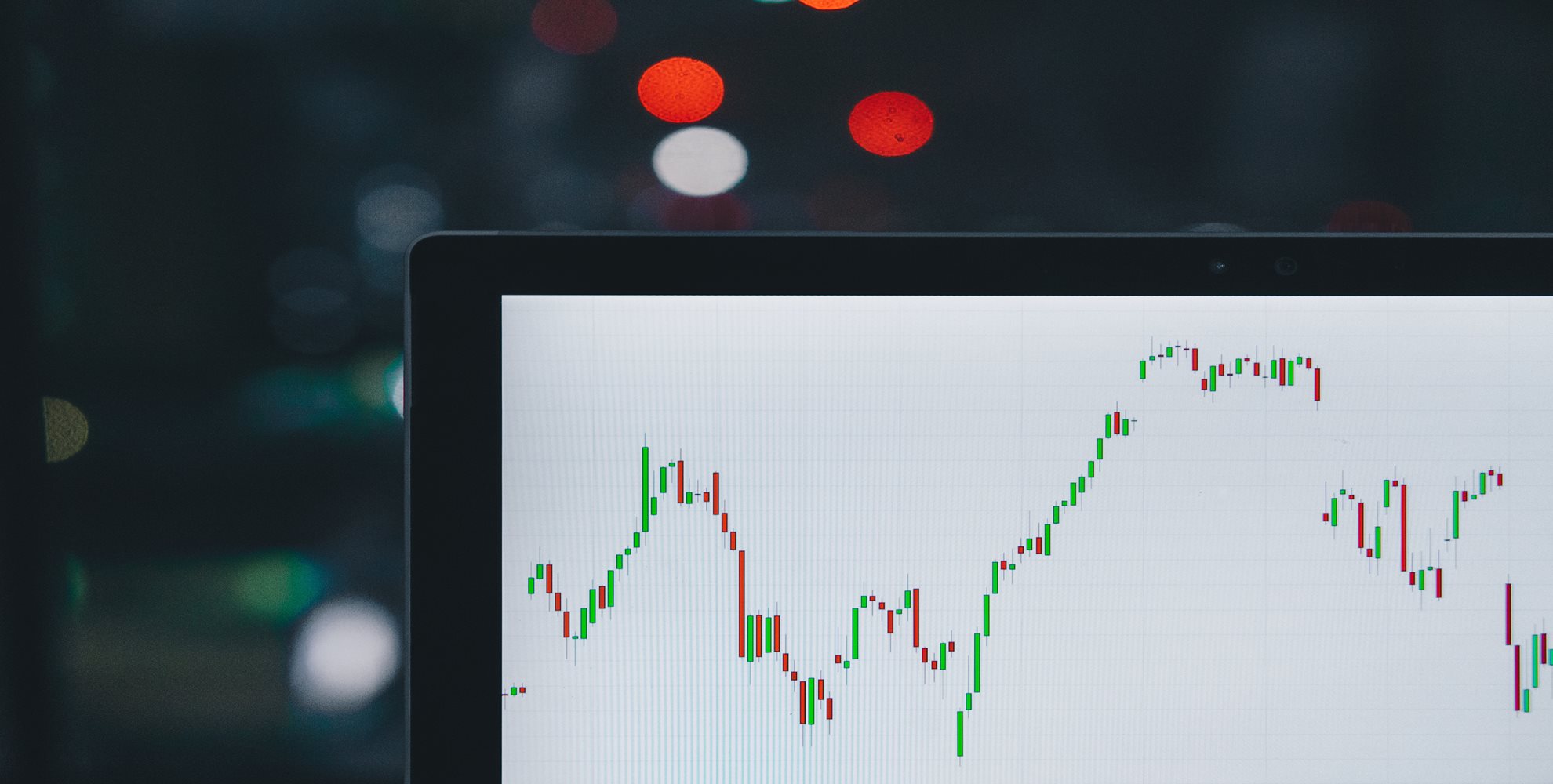WHAT YOU NEED TO KNOW
- With countries across the world confirming that their economies have entered recession, we examine the apparent dislocation between strong equity markets and the weak economic data.
- Financial markets are forward-looking and are foreseeing economic improvement due to unprecedented fiscal support from governments and the significant monetary expansion from central banks.
- Equity valuation techniques place limited emphasis on the impairment of near-dated cash flows, provided longer-term cash flows remain probable. Falling government bond yields also support equity prices.
The global COVID-19 pandemic has caused a sudden economic shock, abruptly reversing the positive economic outlook and leading to a rapid decline in global equity markets. However, since mid-March, global equities have rebounded by 24% and are now just 15% below their 1 January level.
FINANCIAL MARKETS ARE FORWARD LOOKING
First, it is important to remember that the financial markets are forward-looking and will try to discount the medium-term economic path. Remember that in the week commencing 9 March, when global equity markets fell 12%, economic data remained robust with new weekly US jobless claims below 300,000 – perfectly sanguine compared to the 20 million that would be recorded in the subsequent four weeks of April. Back in March, as equity markets tumbled, they were predicting the dire economic data that we are now currently experiencing. Rallying equity markets point to a future improvement in economic data as we move from “despair” to “repair”. Second, the loss of one year’s earnings is not financially material for a business that is structurally intact, as most of the value of a company is retained over the long term.

Of the US’s approximately 1.5 million confirmed cases, the state of New York has the largest number, with approximately 350,000 confirmed cases. Removing New York from the US data reveals that while the New York pandemic has been brought under control, daily cases remain elevated elsewhere in the US. This highlights the risk of a “second wave” in the US as social distancing measures are relaxed.
We assess the risk of a second wave by using high frequency data to assess the impact of state reopening. Mobility data provided by Google gives an evidence-based view on economic activity and citizens’ movements. Using this data we can compare New York to the rest of the United States. We observe, in keeping with the severity of the New York pandemic, that, in New York, retail and recreation activity declined to a greater extent than elsewhere in the US, with footfall in mid-April declining 75% compared to the baseline.
For those clients who have access to
My Brown Shipley you can check your portfolio valuation online. If you have any questions, please contact your usual Brown Shipley adviser.
Authors
Bill Street
Group Chief Investment Officer
Amrendra Singh
James Purcell



.png?width=650&resizemode=force)

